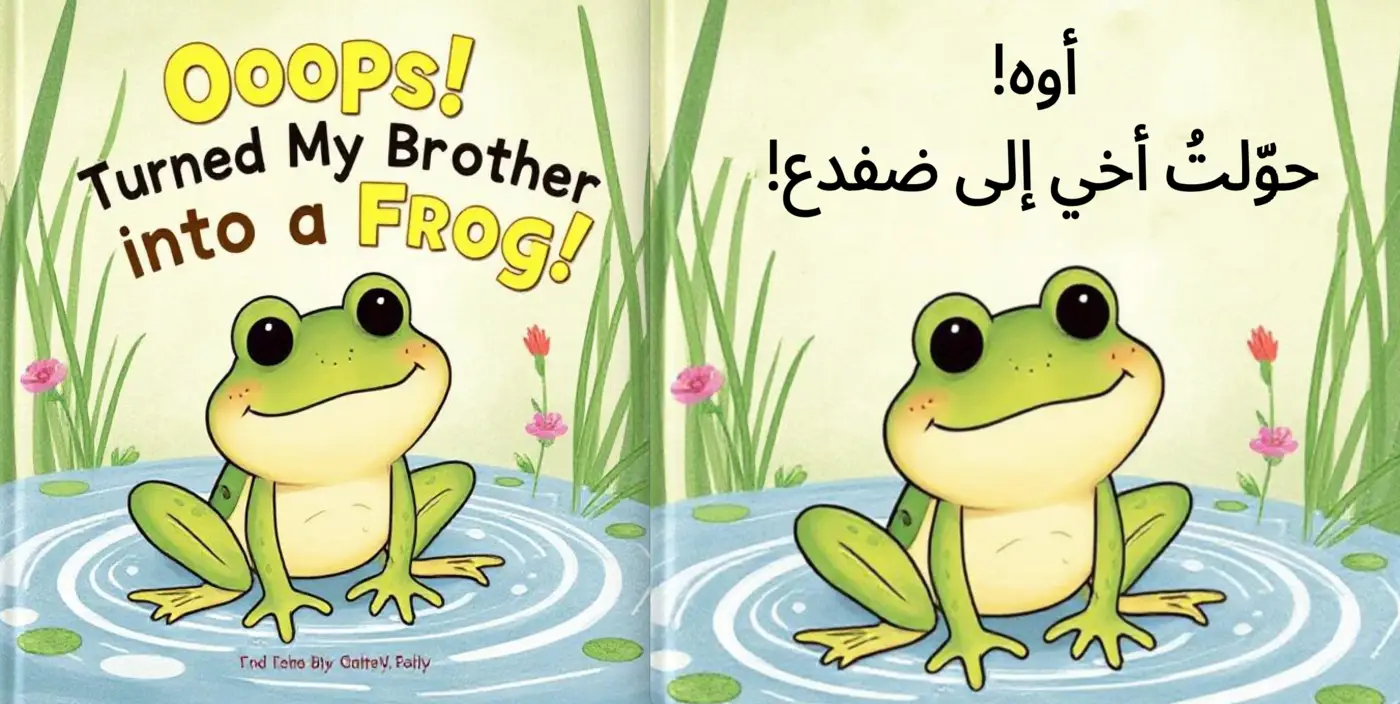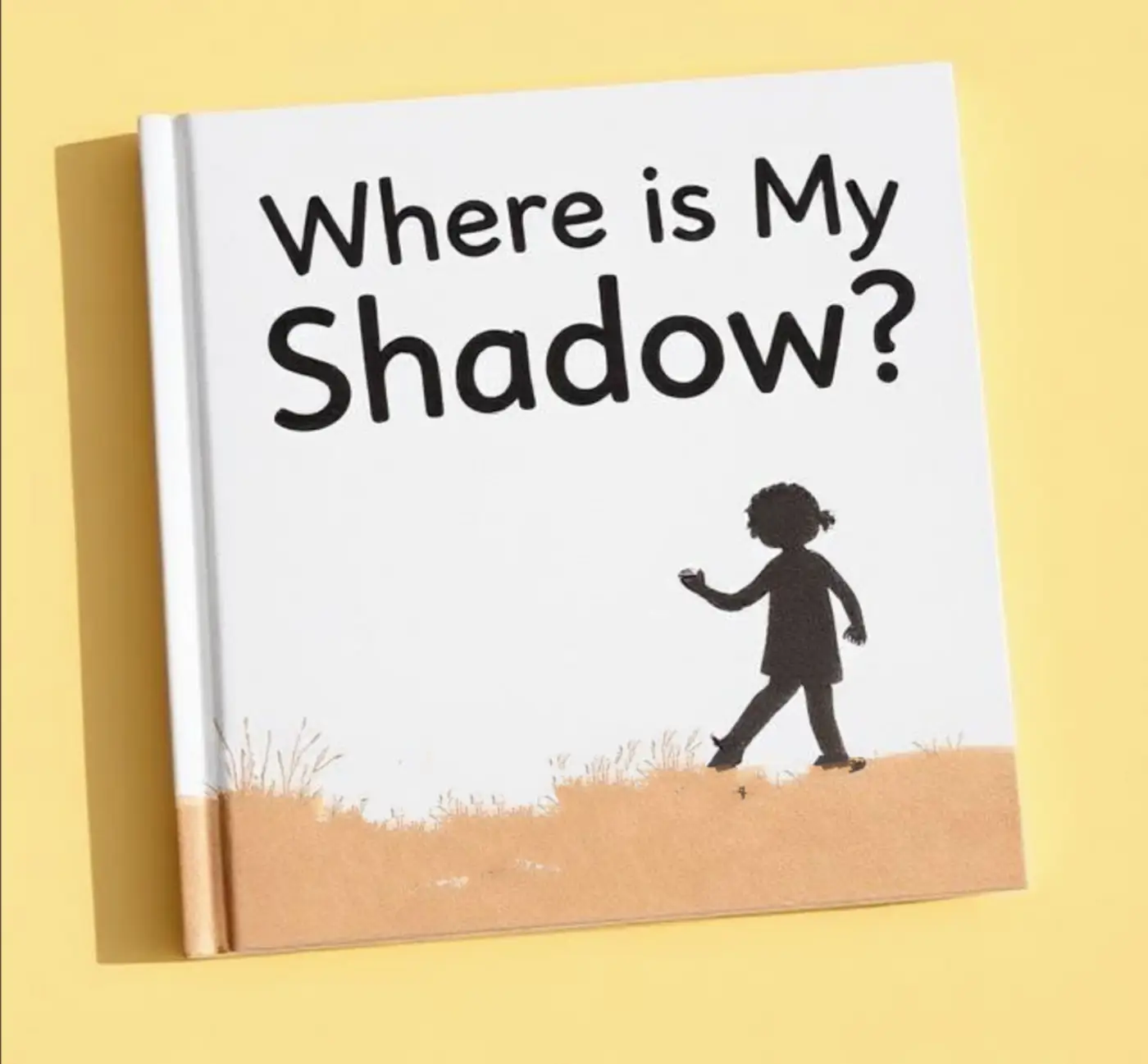Navigating the Challenges of Children’s Book Translation

Translating children's books is a unique and intricate process that requires much more than simply converting words from one language to another. Unlike adult literature, children's stories serve multiple purposes: they entertain, educate, and shape young readers' perceptions of the world. Because of this, translators must go beyond linguistic accuracy and ensure that the essence of the story—its tone, humor, cultural references, and developmental appropriateness—remains intact. However, achieving this balance presents numerous challenges that require thoughtful strategies to overcome.
Key Challenges in Translating Children’s Literature
Cultural Adaptation for Young Readers
One of the first hurdles in translating children’s books is making the text relatable to young readers in the target culture. Children grow up with distinct societal norms, traditions, and experiences that influence their understanding of stories. A direct translation of cultural elements—such as holidays, food, or character names—may not always make sense in a different cultural setting. To bridge this gap, translators may need to adapt or replace certain references while ensuring the story retains its authenticity. For example, a mention of a traditional holiday unfamiliar to the target audience might be substituted with a culturally relevant celebration or accompanied by an explanation that makes it accessible.
Beyond holidays, even the simplest details, such as types of animals or modes of transportation, might need adaptation. A story featuring a snowy winter adventure might not resonate with children in tropical regions, requiring subtle adjustments to maintain relatability while preserving the story’s essence.
Navigating Censorship and Ideological Adjustments
Children’s books are often subject to cultural and ideological scrutiny, leading to modifications in translation to align with the values and sensitivities of the target audience. Some themes or expressions that are acceptable in one culture might be considered inappropriate or controversial in another. This can result in significant alterations, ranging from minor wording changes to the removal of entire passages. The challenge for translators is to maintain the integrity of the story while making necessary adjustments that ensure it remains suitable for young readers in the new cultural context.
For example, a book that includes themes of independence and questioning authority might be reworded in societies where respect for elders is emphasized. Similarly, depictions of magic or supernatural elements may be adjusted in cultures where such topics are sensitive.
Balancing Dual Readership: Children and Adults
Unlike many adult books, children’s literature is often read by both children and adults—parents, teachers, or caregivers who read aloud to young listeners. This creates an additional layer of complexity in translation. While the text must remain engaging and simple enough for children to understand, it may also contain deeper meanings or wordplay that appeal to adults. A translator must carefully preserve these multiple levels of meaning so that the book remains enjoyable for all audiences.
A well-translated children’s book ensures that an adult reading aloud still enjoys the humor, wit, and richness of the language, while the child remains captivated by the story’s adventure and emotions.
Maintaining the Rhythm and Sound of Language
Many children’s books are designed to be read aloud, making the auditory quality of the text just as important as its meaning. Rhyme, repetition, and rhythm play crucial roles in creating a pleasing and memorable reading experience. Direct translation of rhyming passages may not work in the target language, forcing translators to find creative ways to recreate the poetic structure while keeping the meaning intact. Achieving this balance requires linguistic dexterity and a deep understanding of both languages’ sound patterns.
Translating Dr. Seuss, for example, poses a significant challenge due to his intricate rhymes and playful word invention. A skilled translator must craft new rhymes that feel just as whimsical and dynamic without losing the original’s essence.
Ensuring the Cohesion of Text and Illustrations
Illustrations are an integral part of children’s books, often working in tandem with the text to convey meaning. However, when a translation modifies cultural references or narrative elements, it may create a mismatch between the text and images. For example, if a translator replaces a culturally specific food item with a more familiar one, yet the illustration still depicts the original dish, young readers might be confused. Ensuring that translated text aligns with existing illustrations is an important but often overlooked challenge in children’s book translation.
If significant changes to the text are necessary, publishers might need to commission slight modifications to the illustrations, ensuring the visual storytelling remains seamless.

Strategies for Overcoming Translation Challenges
Translating Titles: The First Impression
When translating children’s books, the title is one of the most critical components. It is the first thing that grabs the reader’s attention and shapes their expectations of the book. Translating a title requires careful consideration because it should not only reflect the core theme of the book but also be appealing and understandable for the target audience.
One challenge lies in ensuring that the title remains faithful to the original while making it relatable in the target culture. Literal translations often fail to evoke the same impact or meaning, particularly when the connotations or wordplay don’t exist in the target language. Translators must therefore consider different strategies for translating titles, which can include:
Literal translations: Directly translating the title, preserving its core meaning.
Near-literal translations: Keeping the translation close to the original, with slight adjustments to suit the target language.
Liberal or free translations: When the title requires more creativity to retain its appeal in the new cultural context.
The choice of strategy depends on the book’s theme, genre, and the expectations of the readers. For example, a title that plays on words or puns may need to be creatively reimagined to ensure it retains its charm in the new language.
Translating Personal Names: Balancing Identity and Familiarity
Translating personal names in children’s books presents a particular dilemma. While adult literature often retains names unchanged, children’s books may require different approaches, especially when the names carry cultural significance or are used to evoke specific characteristics.
Translators must consider the impact of localizing names, as some names may carry cultural weight that might not resonate with the target audience. Additionally, personal names can serve as identity markers for characters, and altering them can change how the reader perceives them. Strategies for translating names in children’s books include:
Transfer: Keeping the name unchanged, preserving its cultural and linguistic roots.
Substitution: Replacing the name with an equivalent from the target culture.
Transliteration: Adapting the name phonetically for ease of reading in the target language.
Descriptive Translation: Translating a name that carries meaning (e.g., a name like “Snow White”) into something that reflects the same meaning in the target language.
Each approach requires careful consideration of how the name impacts the reader’s experience. For example, a name that evokes a particular image or meaning in one language may need to be carefully adapted to preserve its function in the story.
Creatively Translating Humor and Wordplay
Children’s literature frequently includes puns, jokes, and playful language that do not always have direct equivalents in another language. To maintain the humor and charm of the original, translators often have to reconstruct jokes in a way that makes sense culturally while still being funny. Books by authors like Roald Dahl require inventive translation techniques to preserve their unique wordplay, ensuring that the humor remains engaging for young audiences.
Retaining Visual Imagination Through Descriptive Language
Because children’s books rely on imagination and sensory details, translation should be vivid and engaging, helping young readers visualize the story world. A successful translation will use rich descriptions and expressive language to evoke imagery, making the story as immersive in the target language as it was in the original.
Striking a Balance Between Fidelity and Adaptation
Ultimately, translating children’s literature requires a balance between remaining faithful to the author’s original vision and making necessary adjustments for cultural accessibility. The best translations retain the heart of the story while ensuring that it feels natural and engaging for young readers in a new language. This process requires creativity, cultural sensitivity, and a deep understanding of both linguistic and literary elements.
Translating children’s books is an art as much as it is a skill. It involves more than just converting words; it requires a deep appreciation for storytelling, culture, and the developmental needs of young readers. A successful translation ensures that the magic of the original story transcends language barriers, bringing joy and learning opportunities to children around the world.




